One tech term that I do relate well to is ‘layering’ in bass reproduction, which is more-or-less the opposite of a ‘one-note’ bass. Testing for that isn’t easy, because most decent music players will perform pretty well with just the right headphone. Everything else being equal, those players with the greatest power reserve for dynamics do the best job. A secondary important factor is how the electronics interface with the headphones’ impedances. Some of the Sennheisers for example have big peaks in their impedances around 100 hz, which will really stress any underpowered players. I can’t find a measurement of the Beyer DT1770, but looking at the Beyer T1’s impedance curve, it’s nearly double the nominal impedance around 100 hz, so I expect that the DT1770 impedance will spike in that area as well. In any case, the deep bass holds up well with the M2 and the DT1770, so most other headphones should work as well if they’re not extremely difficult to drive.
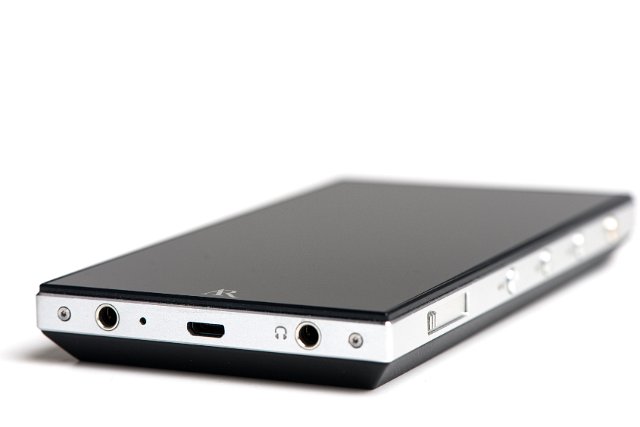
The M2 that I received came with a USB charger and a USB-A to MicroUSB charging cable. I don’t know if the Pelican case will be standard issue or not, but if it isn’t, I’d sure recommend getting it, as long as the foam filler is set up for the player, charger, and cable. The M2’s internal battery is a lithium variant, probably lithium polymer, but I don’t know exactly. I haven’t run the battery down more than once, so whatever the spec, it lasts a long time for normal playback of its internal files, or files on the MicroSD card. Battery life when streaming** music from the Internet etc. will probably be less. A music player of this quality will not likely be used for constant playback of ‘background’ music, i.e. the point of using the M2 is for high-quality attentive listening, and such attentive listening is unlikely to fully drain the battery in a single listening session.
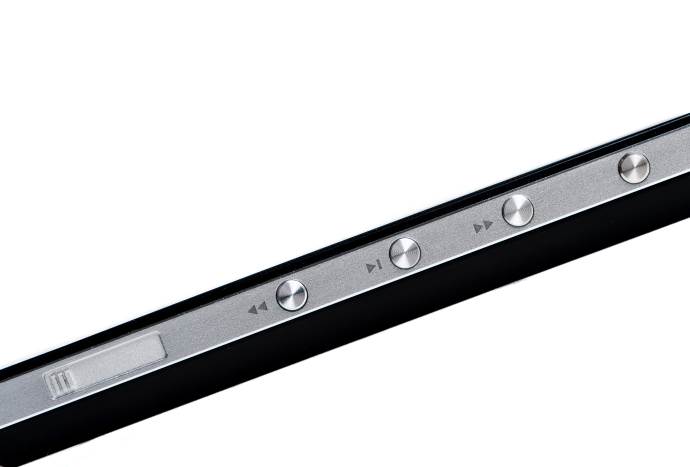
Listed below are some music tracks that I think show off the M2’s qualities fairly well. Different headphones will make a difference of course, but if the headphone is reasonably neutral, the descriptions should hold up pretty well.
Chromatics – I’m On Fire (Synth-Pop, female lead): This music track has a very spacious sound, providing a pleasant stereo image. The voice and instruments are well balanced and the tambourine sounds very realistic, undoubtedly because of the excellent harmonic reproduction.
David Hazeltine – Fur Elise (Jazz): A very high-quality recording from HDTracks, where the instruments are reproduced smoothly with a spacious ambiance. The wire-brush-on-cymbal harmonics are very extended and detailed, so much so that it has a you-are-there-in-the-room quality.
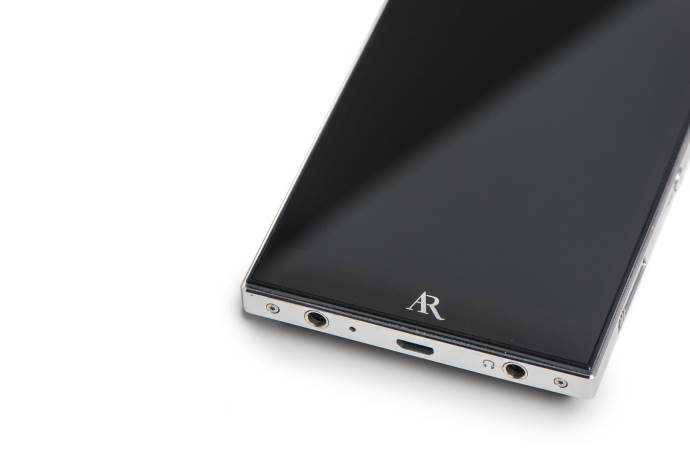
Jimmy Smith – Basin Street Blues (early 60’s): This track has several loud crescendos of brass and other instruments that don’t sound clear and detailed with some DAPs and amps. Listen particularly to the second crescendo at 15 seconds in for maximum detail effect. I’d like to emphasize that these crescendos are probably the worst-case test I have for instrumental separation and detail, and the M2/DT1770 combination aces this, with a great soundstage, tonality, and a very smooth and extended upper treble.
Kellogg Auditorium, Battle Creek Michigan, Aeolian-Skinner Organ (1933) – Pedal, 32′, Resultant, Arpeggio: This 16 hz organ pedal tone differs from other music tones in that you won’t “hear” the tone – you’ll only feel it. Although most music tones have harmonics (including this one), the harmonics from this tone will be too weak to provide any “feel”, so whatever you actually hear would not be part of the fundamental 16 hz tone. There are ~30 hz sounds in the outdoor environment in big cities, generated by large trucks, buses, and subway trains, and they have a quality of “rumble” that’s similar to some deep-bass tones found in music. This 16 hz organ tone is easily distinguished from those sounds when compared using gear that has a good undistorted response and dynamic overhead at 16 hz. With the M2 and DT1770 headphone, the fundamental weight is clear enough, and the 16 cycle-per-second ‘beats’ of the fundamental can also be heard, although those ‘beats’ are somehow represented in higher harmonics.
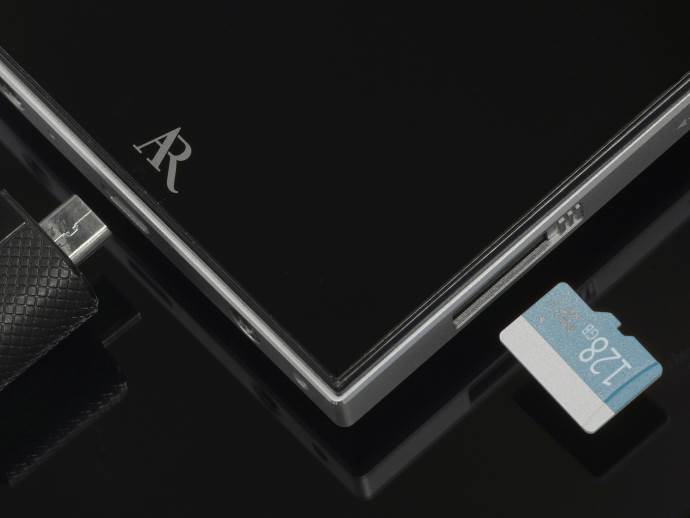
Porcupine Tree – Trains (Pop-Rock): This track opens with some nicely-detailed string sounds and a forward-sounding male voice with a higher-than-average register. There are a series of “clip-clop” effects starting at 3:19 that should sound like they were made with wooden blocks of some kind. The reproduction here is tonally accurate.
Richard Strauss (Mester-Pasadena) – Also Sprach Zarathustra (opening) (Classical): The granddaddy of bass is in the opening 1:50 of this recording, and I’ve heard it only once on a large and expensive loudspeaker system in Cleveland. For most people, that experience would be indistinguishable from being in a fairly strong earthquake. The M2/DT1770 reproduces that experience as accurately and dramatically as I’ve ever heard.
Trombone Shorty – Backatown (Jazz-Funk): The deep bass impacts here are quite strong, and work very well with the horns and other instruments. The impacts are delivered with great weight and detail, and the horns have the kind of bite that gives them a wonderfully realistic sound. On some systems, the deeper bass can get a little muddy, but it’s pretty tight here.
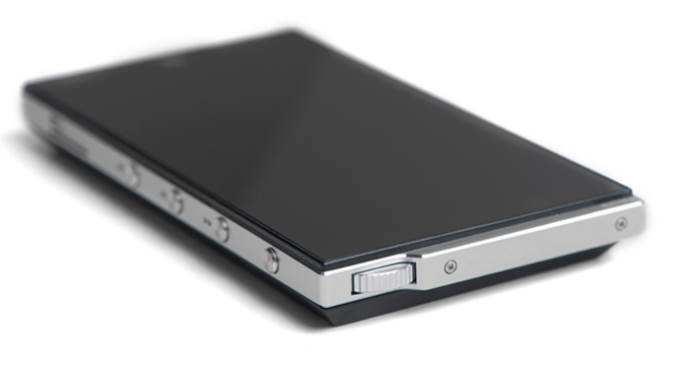
William Orbit – Optical Illusion (Billy Buttons Mix) (Electronic): The string tones beginning at 0:18 are fairly soft but detailed, and while the bass isn’t very deep, it adds a solid underpinning to the music. This is a good track for comparing DAPs and amps because many of the tones and their harmonics are soft and fairly subtle, and with some devices the harmonics won’t reproduce properly. The bass is especially noteworthy, because it has an indistinct quality on many systems, but renders well here.
Gear used: Beyerdynamic DT1770 (Cardas cable), Grado PS1000e headphones. Sandisk 64gb, 128gb, and 200gb MicroSD cards.
Specs
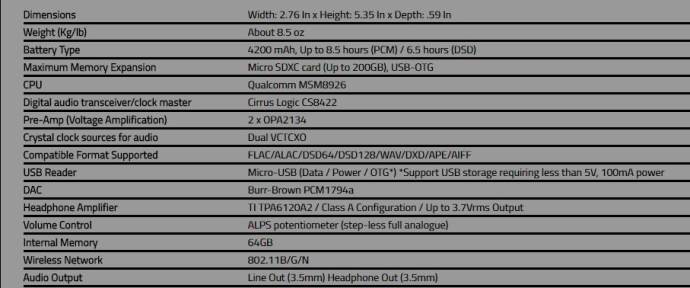
Dale’s video review
youtube.com/watch?v=4DYUVENaoFA
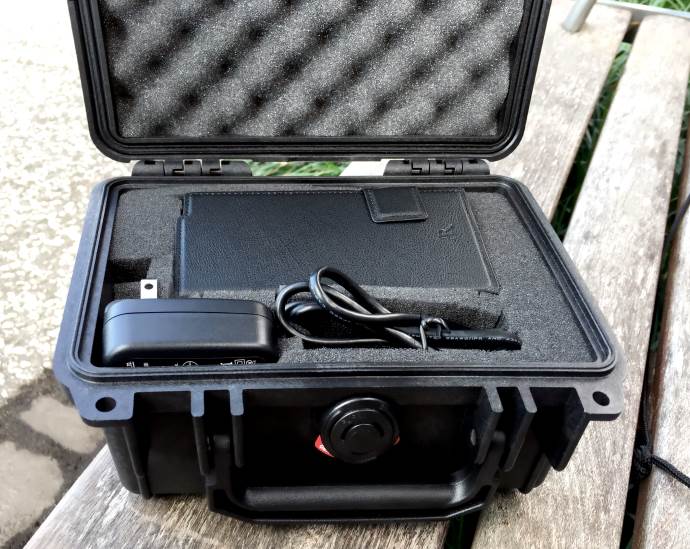





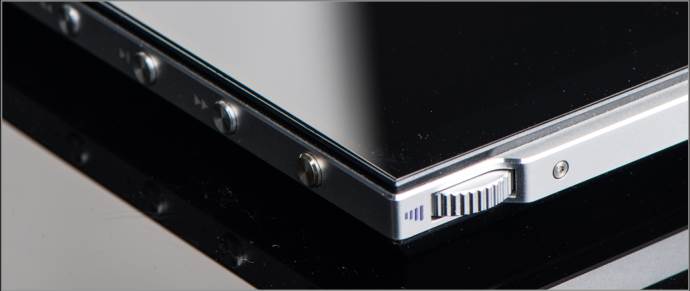
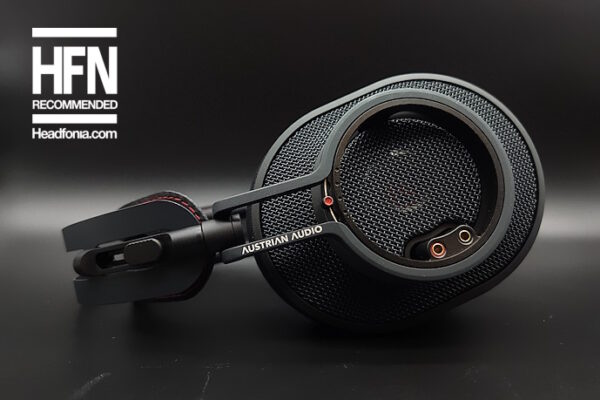

SkyBlue
Hi Dale, thanks for the review.
I am surprised that not too many reviews have been published on the AR-M2.
Purchased it last year, and since then, it has been my primary DAP. I agree with your description on how it sound. In summary, warm, lush and smooth signature.
I chose the AR-M2 over the AK380 and the Sony ZX2, for the following reasons:
– vs. AK380. More Power to drive full size headphones and ability to stream music (but, unfortunately been told by AR that streaming music, bypasses the designed DAC and Amp circuitry)
– vs. Sony ZX2. More Power to drive full size headphones
On the other hand, the only pet peeve I have on the AR-M2 is the hiss/noise it made when plugged on my sensitive IEMs (to solve this AR is selling this adapter: http://www.acousticresearch-hifi.com/impedance-headphone-adapter), and when, the Wi-Fi is on.
I typed “made”, since I seldom hear it now. Either because I switch off the Wi-Fi after I finish downloading the albums from the Streaming service… Or because, I lost my hearing from the hours I spend listening to music…LOL
Cheers
Lieven
thanks for the comment!
Barun C
Great Article Dale. Was hoping for the written review after the video. I see you are using Nathan’s bass reference track there, nice!! Will like to read your articles more often at HFN.
Had a few questions.
1. How seem-less is the gapless on the M2?
2. How long did it last with a single full charge, in terms of hours in your case?
3. How long does it take to get to full charge?
4. What kind of USB does it have USB 2.0 /3.0 /C ?
Keep up the good work.
dale thorn
1) I can’t offer a final judgement, as I had some issues with the cards I used. I didn’t transfer any to internal memory, so will have to test that later.
2) I ran it down once, about 12 hours I’d guess, playing music only, no Wi-Fi or other network on. Streaming would eat up some battery power.
3) If ran all the way down, takes several hours. By contrast, my latest-version iPod takes about one hour and iPhone 6s-plus about 2 hours. My iPad about 3 hours. So, worse than iPad, but depending on what you’re playing, a good charge-to-use ratio. Some of my amps like the Lehmann Traveler or Portaphile Micro, are much worse.
4) The standard microUSB is compatible with my USB-2 ports, but whether it has USB-3 capability I don’t know. I have a USB-3 Macbook 12-inch, and connectors, but don’t know if I could make a reliable test.
Brian Carr
Hello –
I’d be interested to know how well the M2 compares with Questyle’s QP1R, both in terms of sound quality and general handling. Any insights?
Many thanks,
Brian
dale thorn
I won’t have that chance, but the next review here might get into that.
Robert Follis
Hello,
This is Robert from Acoustic Research
Thanks for great comments SKY-BLUE – just correcting this (but, unfortunately been told by AR that streaming music, bypasses the designed DAC and Amp circuitry)
This is inaccurate – ALL signals go though the AR-M2 DAC and AMP (how could you hear them otherwise:-) The AR Music Player signals bypass the Android OS for better sound. All other signals use the standard OS path. Best & Better.